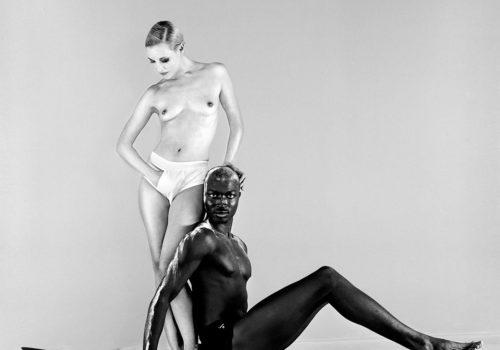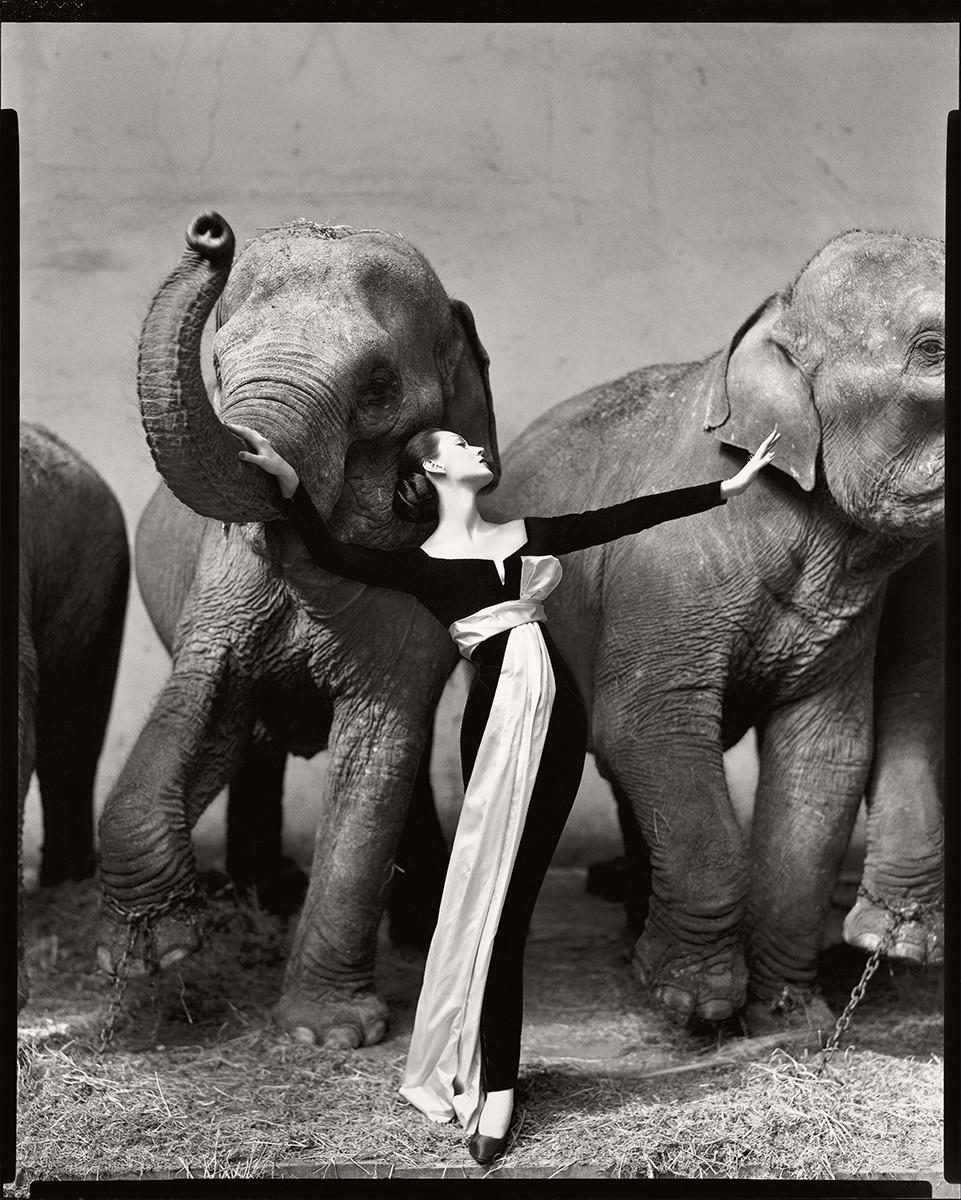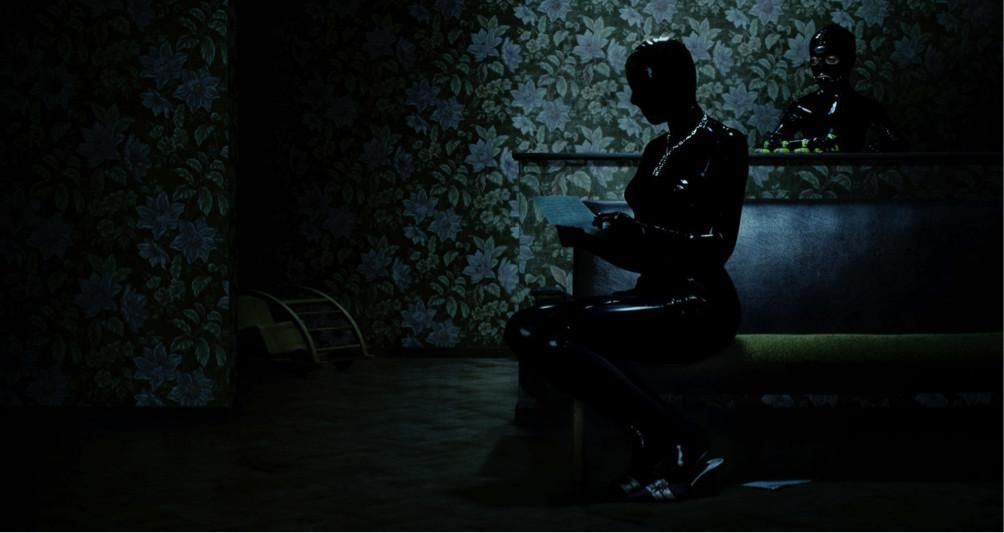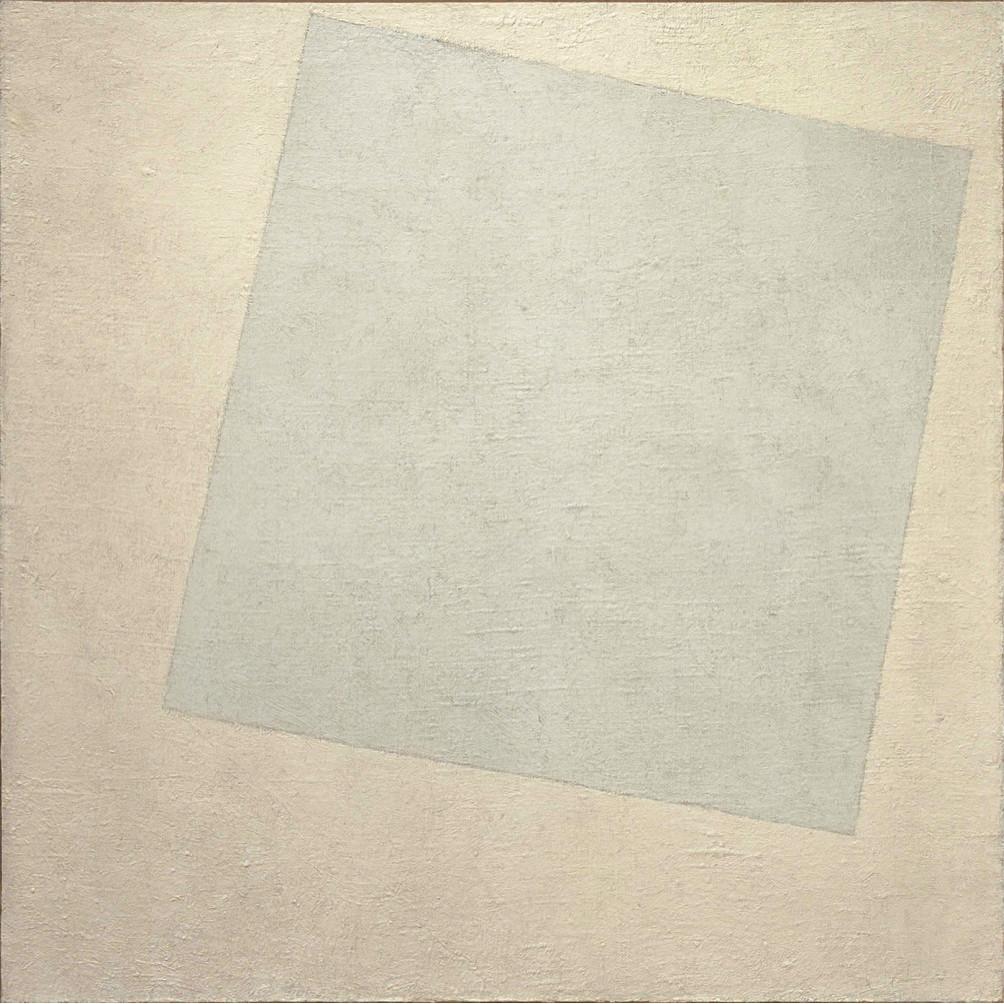Stéphane Plassier: The human being at the center of everything.
He defines himself as a “global designer” and conjugates art in a plural form. Alternately art director, fashion designer, visual artist, architect or designer, Stéphane Plassier is above all a lover of shapes, art and materials, but most import, a precursor of the transversal approach.
The simplicity of the forms, the work of the color and the humor are the singularity of his style. If the absence of ornamentation is often his trademark, it can however give way to abundance. He passes with an incredible ease from the infinitely small to monumental sculptures. The mastery and the method he acquires from the manufactures lead him to the artistic direction of companies working on the living heritage (EPV) for which he conceives collections and unique pieces, passing from the fragility of porcelain to the resistance of bronze.
The next logical step was to work as a scenographer:as with ephemeral statues in the main square of Brussels or in the arena of Nîmes,the “Scarf Dance” for Hermes in New York, the Wedding exhibition at the Galliera Museum, the “Aids” installation at the Palais de Tokyo, an adaptation of Lambert Wilson’s Bérénice for the Avignon Festival, Caravana Negra at the French Institute in Madrid and then in Buenos Aires.
He only had one last step to take to design architecture, the new wing of the mythical Ousteau de Beaumanière hotel in the Baux-de-Provence or the interior of the Ecole Supérieure des Arts Décoratifs in Marrakech are his first two creations.
His work as a visual artist found an echo from the beginning with collaborations with major artists, for which Sheila Hicks was the instigator. Since then, he has never ceased to associate numerous artists, be they painters, sculptors, designers or photographers, to his work in the same way that he regularly associates art schools.
Sharing and transmitting his knowledge is part of his DNA, so in 2002 the idea was born to involve himself in a place to house his workshops, to think and work in the middle of nature. The Chateau des Soeurs, a charming manor house and its lodgings became his project. This place, where the relationship between humans and nature prevails, hosts, among other things, workshops, artists in residence and an image production activity.
At the border of fine art and decorative arts, Stéphane Plassier, associated with BET Ossature, added a string to his bow by redesigning large 19th century residences, partly identical while making room for a form of ultra contemporary creation.
Whether it is a question of redesigning the spaces, creating the elements of decoration, furniture, carpets or purchasing art, he rethinks everything. Each home becomes a work of art in its own right, as in the project for the Chateau des Soeurs (which has just been awarded the label of the Heritage Foundation and the Airbnb Foundation), where his studios are located.
In addition, the now iconic luminous “winged mermaid” takes on a new warm and dimmable aura. It overlooks the Mediterranean from the Castel Alléluia in Marseille, has been installed in the lobby of the Alboran hotel in Bordeaux and has found its place in new locations in Paris.
And to reconnect with his first love, the designer promises a clothing collection in collaboration with textile artists. This will see the day in December 2023….
To be continued…
Le Chateau des soeurs : http://online.anyflip.com/wmxka/cnwd/
Instagram : chateau.des.soeurs
Website : www.stephaneplassier.com
Instagram : stephane_plassier
Your first photographic trigger?
Stéphane Plassier : If it is the first photo I made, it is a fictional self-portrait that I called “my soul mate”. But if it was the first photo I saw, it would be Richard Avedon’s “Dovima and the Elephants”.
The man or woman in pictures who inspires you?
Stéphane Plassier : Erwin Olaf.
The image you would have liked to make?
Stéphane Plassier : This portrait of Adèle, my daughter, made by Hervé Lassince.
The one that moved you the most?
Stéphane Plassier : “A moon in the rain” by the blind photographer Evgen Bavcar.
And the one that made you angry?
Stéphane Plassier : I can be overwhelmed with emotion and anger about many subjects but the photo that deals with them is not the object of my anger.
A key image in your personal pantheon?
Stéphane Plassier : The image that made the cover of David Bowie’s album “Aladdin Sane” in 1973 directed by Brian Duffy.
Without any budget limit, what would be the piece of art you would dream to buy?
Stéphane Plassier : “Mascara wars” by Irving Penn.
According to you, what is the necessary quality to be a good photographer?
Stéphane Plassier : Skill.
The secret of the perfect image, if it exists?
Stéphane Plassier : Coincidence.
The person you would dream of photographing?
Stéphane Plassier : Charlotte Rampling.
An essential photo book?
Stéphane Plassier : France of Raymond Depardon
The camera of your childhood?
Stéphane Plassier : An Instamatic 133.
The one you use today?
Stéphane Plassier : A Fuji 100 XS
Your favorite drug?
Stéphane Plassier : Cristal Roederer.
The best way to disconnect for you?
Stéphane Plassier : The contemplation of the ocean.
What is your relationship with images?
Stéphane Plassier : It is addictive.
Your greatest quality?
Stéphane Plassier : My impatience.
Your latest craziness?
Stéphane Plassier : An image by Erwin Olaf, “Separation”.
An image to illustrate a new banknote?
Stéphane Plassier : Juergen Teller’s photo “Charlotte plays the piano sitting”.
The job you would not have liked to do ?
Stéphane Plassier : Accountant
Your greatest professional extravagance?
Stéphane Plassier : “Caravana Negra: you have to respect the color black, a little nothing can prostitute it. A vast installation that paid tribute to the color black, bringing together under multiple banners typologies of black represented by existing works including many photographic works. A black backdrop for project. “Niger”, a shiny black, that of elegance, of the pomp, of the dark beauty, of sexy sophisticated or of humor. “Ater”, the matt black, that of darkness and mourning.
What do you think are the bridges between photography and design?
Stéphane Plassier : Photography and design, like fashion, are co-dependent. They are an end and a means.
Which city, country or culture do you dream of discovering?
Stéphane Plassier : Palermo.
The place you never get tired of?
Stéphane Plassier : The Sisters’ castle, my secret place.
Your biggest regret?
Stéphane Plassier : Not having had a twin.
On the social networks side, are you rather Instagram, Facebook, Tik Tok or Snapchat and why?
Stéphane Plassier: Without hesitation, instagram because it is a fluid and efficient information vehicle.
Color or B&W?
Stéphane Plassier : Both.
Daylight or artificial light?
Stéphane Plassier : Daylight.
The most photogenic city in your opinion?
Stéphane Plassier : Budapest.
If God existed, would you ask him to pose for you, or would you opt for a selfie with him?
Stéphane Plassier : I would propose that he takes a selfie, in his soul and conscience.
If I could organize your ideal dinner, who would be the people around the table?
Stéphane Plassier : Lambert Wilson, Charlotte Rampling, Enki Billal, the Beatles, Mother Theresa, Martin Luther King, Gena Rolland, Christian Berard and others…
The image that represents for you the current state of the world?
Stéphane Plassier : “White square on a white background” by Kasimir Malévitch.
What is missing in today’s world?
Stéphane Plassier : Harmony.
If you had to start all over again?
Stéphane Plassier : I would start again.























